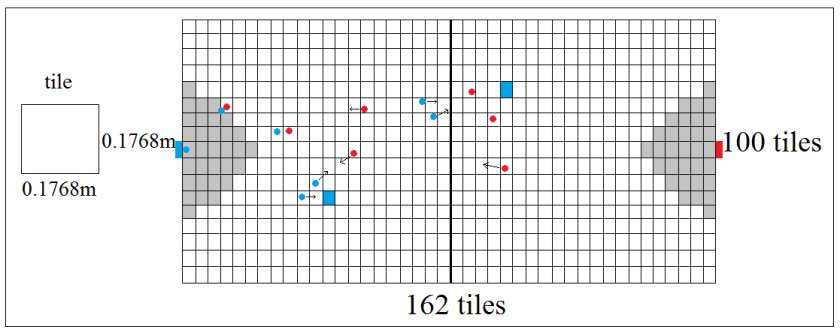Environmental concerns are usually set aside. In fact, today you can count the times when a more costly solution to a problem is chosen for being more interesting in the long run. Yet you don’t always choose the cheapest car out there, you pick the best.
Think about one thing for a second. First, we invent the concept of price and cost. Our civilization starts to emit massive amounts of carbon dioxide to fuel its development (that in turn disrupt the world climate). We develop solutions like electric vehicles and solar energy. But we label these solutions more costly on the basis of the concept we develop centuries ago.
Why not develop a new concept for cost for things that are tied to our survival? Is our thinking so rigid to the point we can’t adapt? Lets head to the idea, this is clearly becoming a speech of sort.
Why not ferry all the waste products on Earth to space?
By all the waste I’m not talking about the ordinary waste that could be decomposed here on a reasonable timetable, or that can be recycled with more or less effort. I’m talking about the most pernicious waste like nuclear reactor’s by-products or extremely toxic chemical substances.
This is explored in sci-fi, not at all an idea to dismiss at first glance. On Star Trek, the Malon’s homeworld was a glistening paradise due to their exports of waste to space. We are assuming no one is out there to be bothered by it, and to best knowledge this seems to be the case.
The reason we are not doing it right now is twofold:
First. we don’t quite have the space age technology required to build anything as impressive as a garbage scow. Not saying we couldn’t, if we put our minds to it, though. It’s a great undertaking to manage the scientific missions alone, much less missions with other purposes.
This, in part, translate to the second reason: the cost of sending a kg to space is simply too high.
It’s difficult to get a solid number on this, but this source states that to simply put a mass in orbit it costs ~U$ 50,000/kg. To take it further into a suitable dispose location would take much, much more than that. It is expected to decrease with time, but it might not be as fast as our civilization needs with the current investment.

Iceberg in Greenland. Reducing emissions by making different choices now can ensure the future of the polar caps and the sea level. How much will it cost us, in the future, per m2 of land lost? image source
There are roughly 250,000 tonnes of stored nuclear waste on the world. The math says thats to put this up there it’s more money than what is circulating in the US at the moment. Energy is not free, and it costs a great deal to make it clean. It is our unwillingness to meet this price that is usually the issue.
If we did develop a space-faring waste export industry it would probably require a shipyard in orbit, as well as something like an space elevator. I would also would take a breakthrough in propulsion technology, as I don’t see we ferrying tons of waste on these chemical rockets. The good news is that could be even as simple as an unmanned craft carrying the waste payload. It doesn’t need to return.
There is a lot of suitable places to dispose it – though it might be best to know a little more about them first. You could use one or the uninhabitable planets, or one of the billion asteroids. Just pick a barren rock without any minerals of value (or life on sight) and fill it with trash.
Or you could ship it to the Sun. Perhaps it not our sun, on which we rely completely. Though I’m pretty confident the sun woudn’t mind all the waste we could ever produce, there is the off chance it could disrupt it’s lifecycle.
I’d also leave the Moon out of the list, doesn’t feel right to pollute it until its potential for colonization is properly adressed. If you have enough fuel you could let it wander the void in some direction slowly, surely it can drift for eons without disturbing anyone. The chance that it would eventually find its way into an intelligent species world is negligeable (with information to date).
If the prospect of becoming a civilization that dumps it’s waste somewhere else seems unappealing, you should consider two rough estimates. There could be as much as 100 billions of stars in the Milky Way alone. The average distance between the stars is 347 lightyears. We don’t really fathom how vast space is. Surely there is room for this.
You should also consider that in all the past of mankind it has produced waste and transported it out of sight. It’s required for our level of technology. Maybe this technology (and perhaps more importanly, our priorities) will allow us to manage and reuse increasingly better our resources in the future.
[IMAGE: Industrial site with power lines, unknown location. image source]



